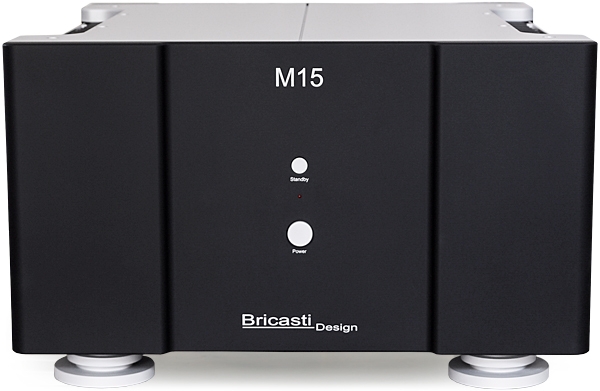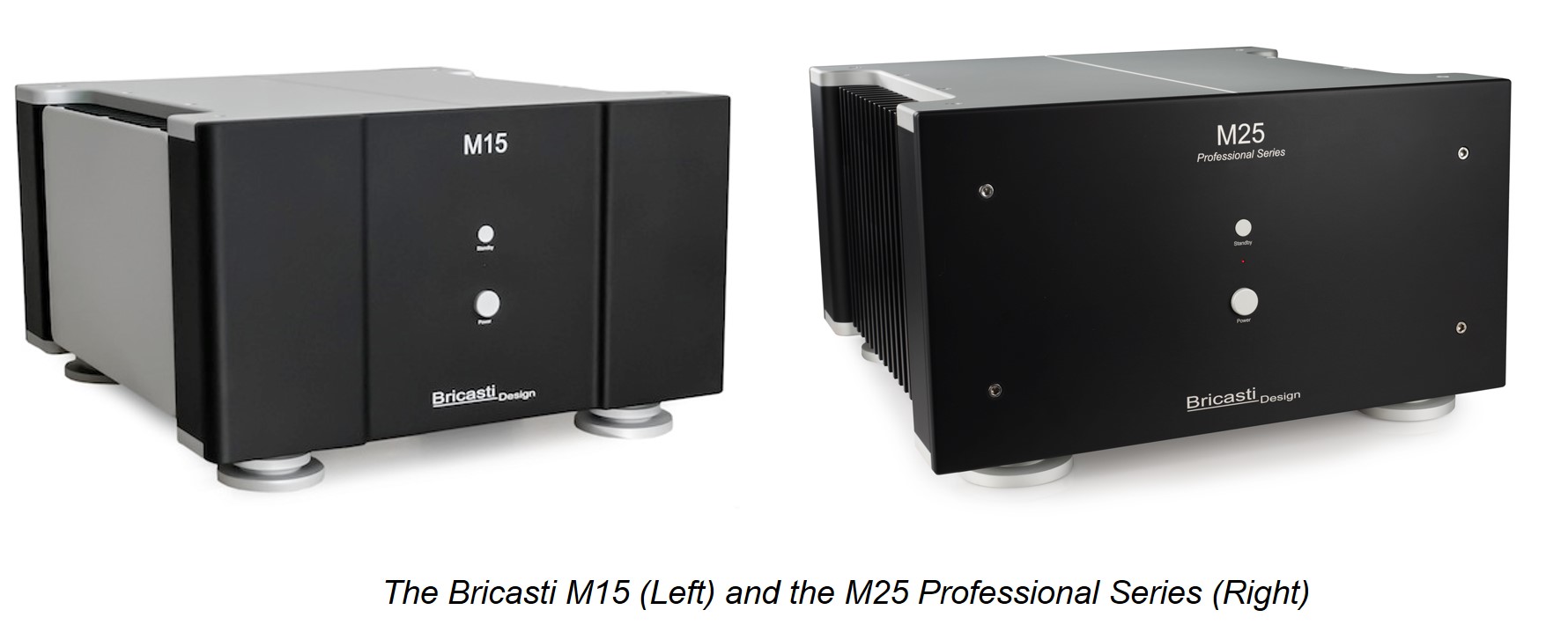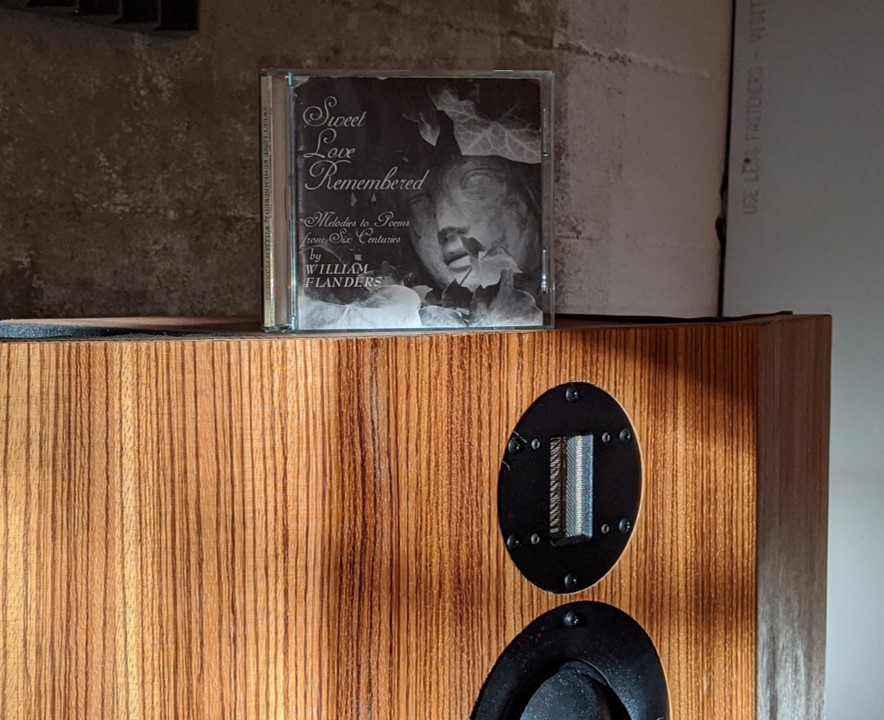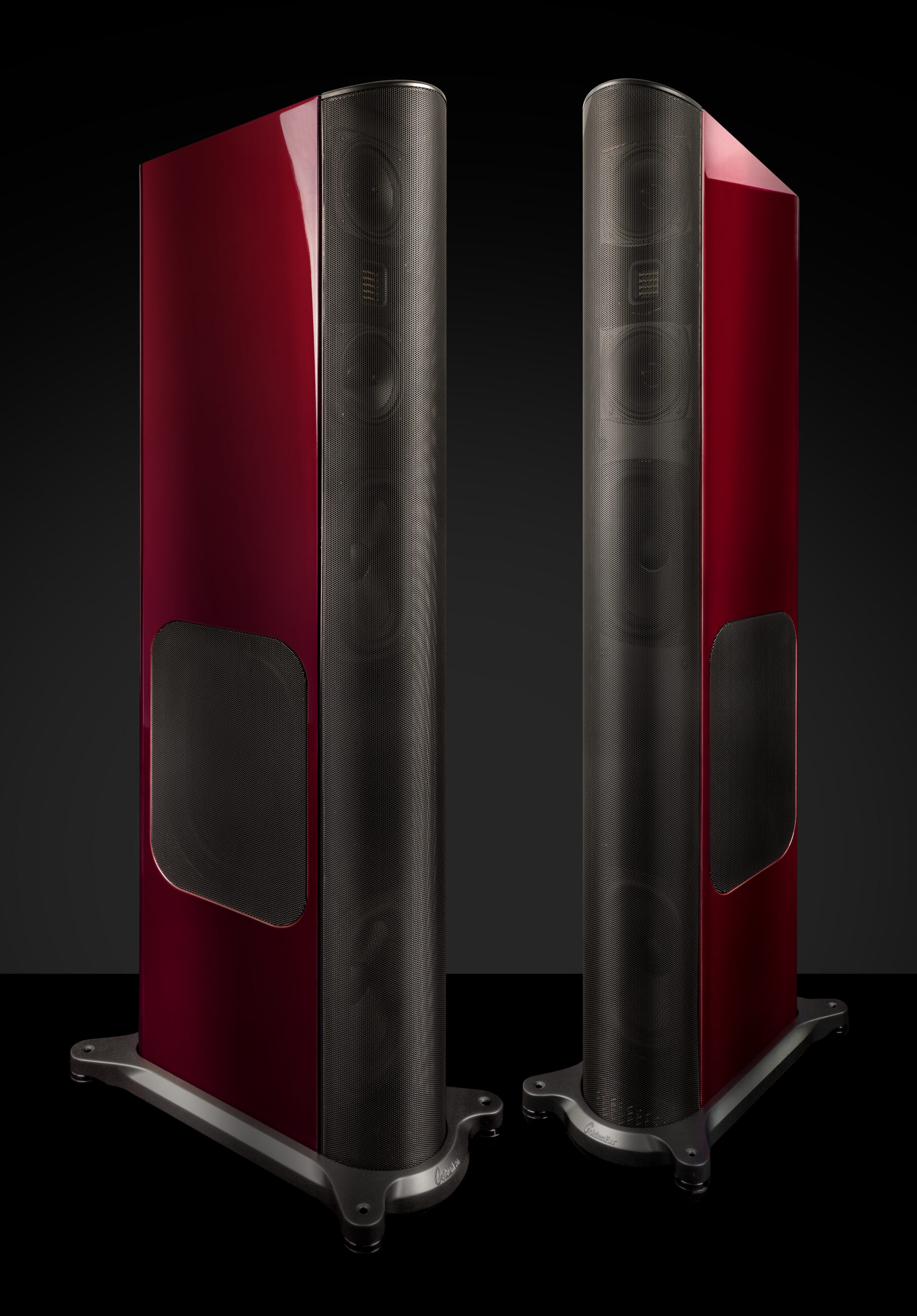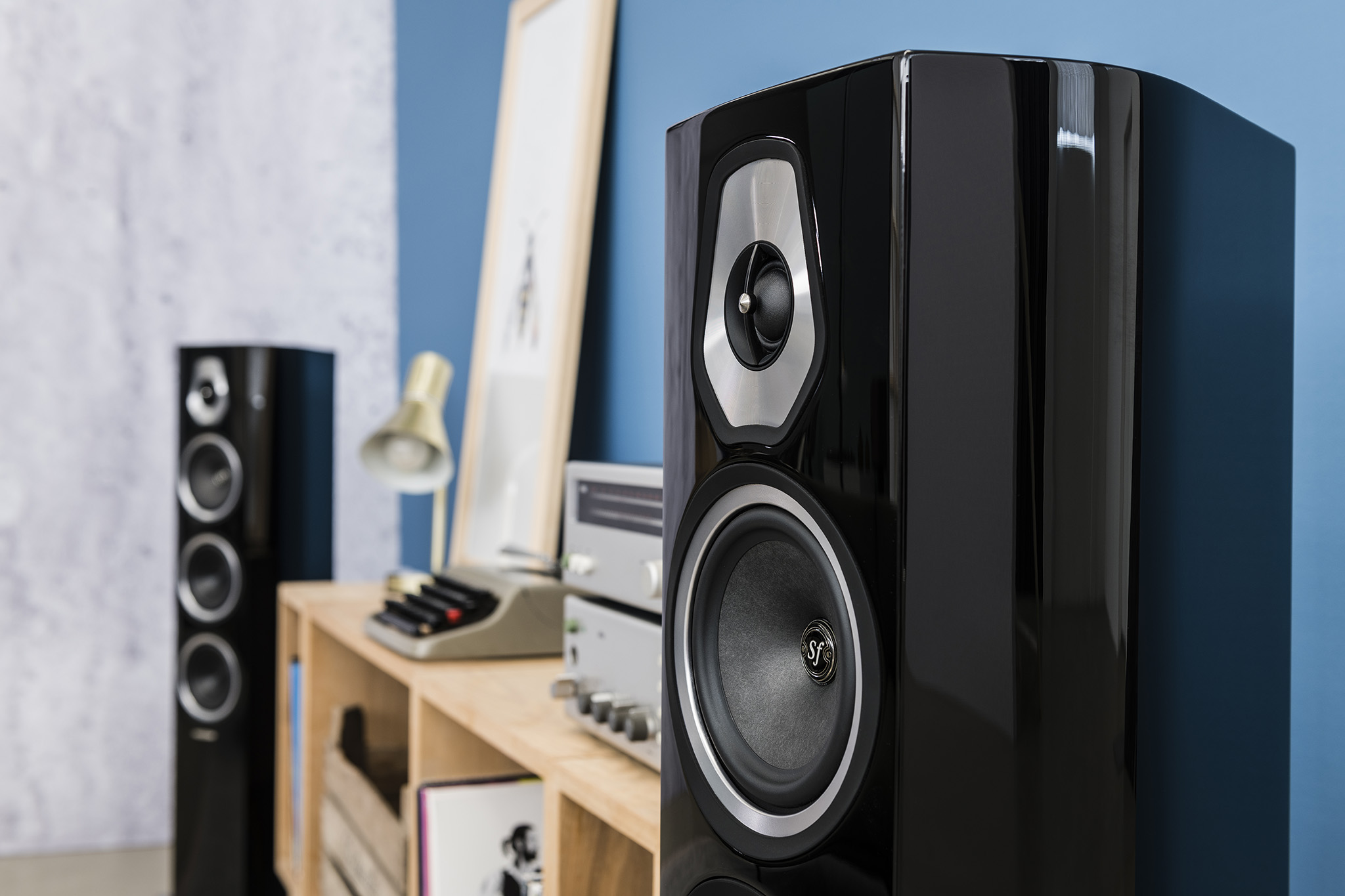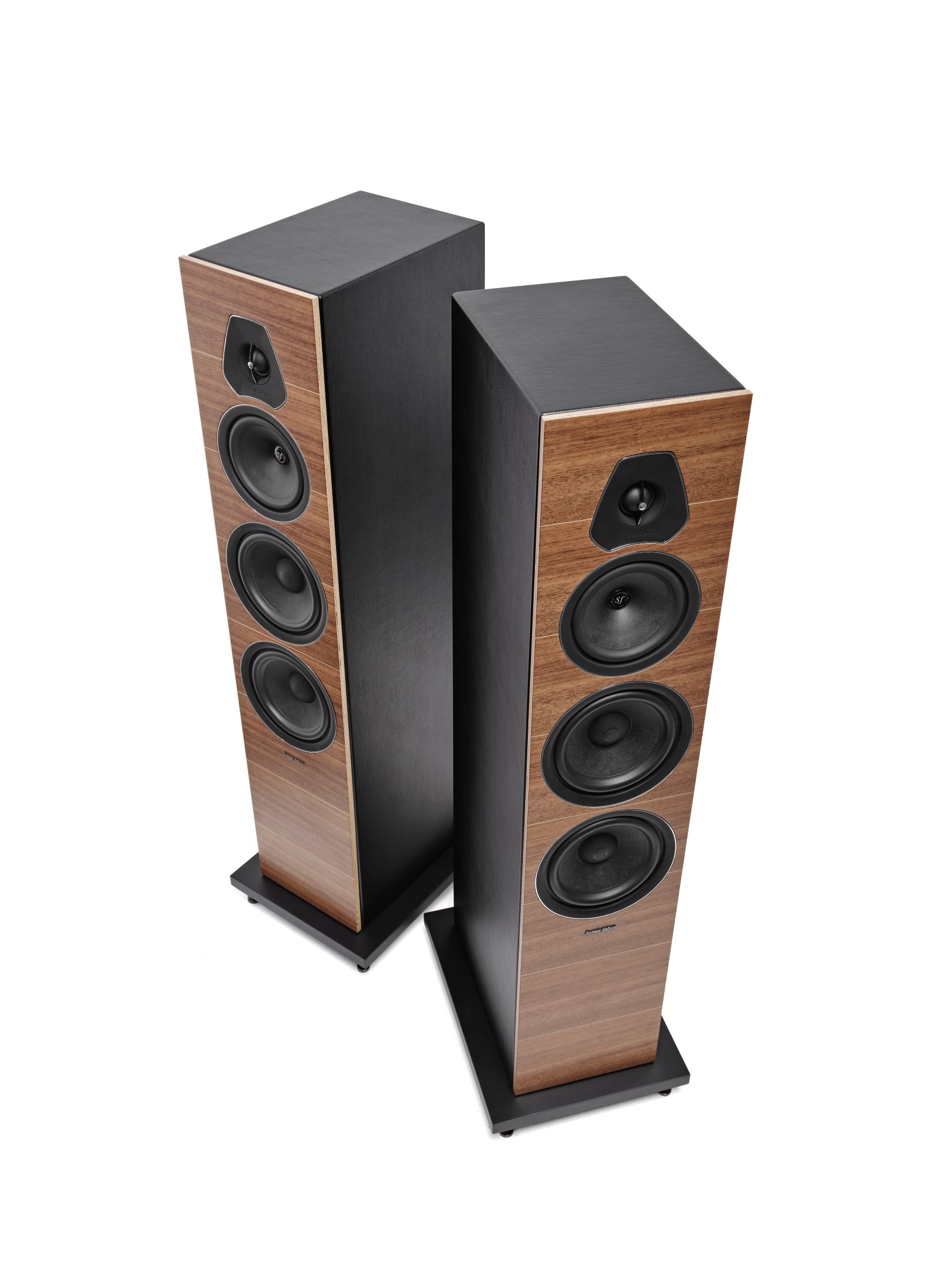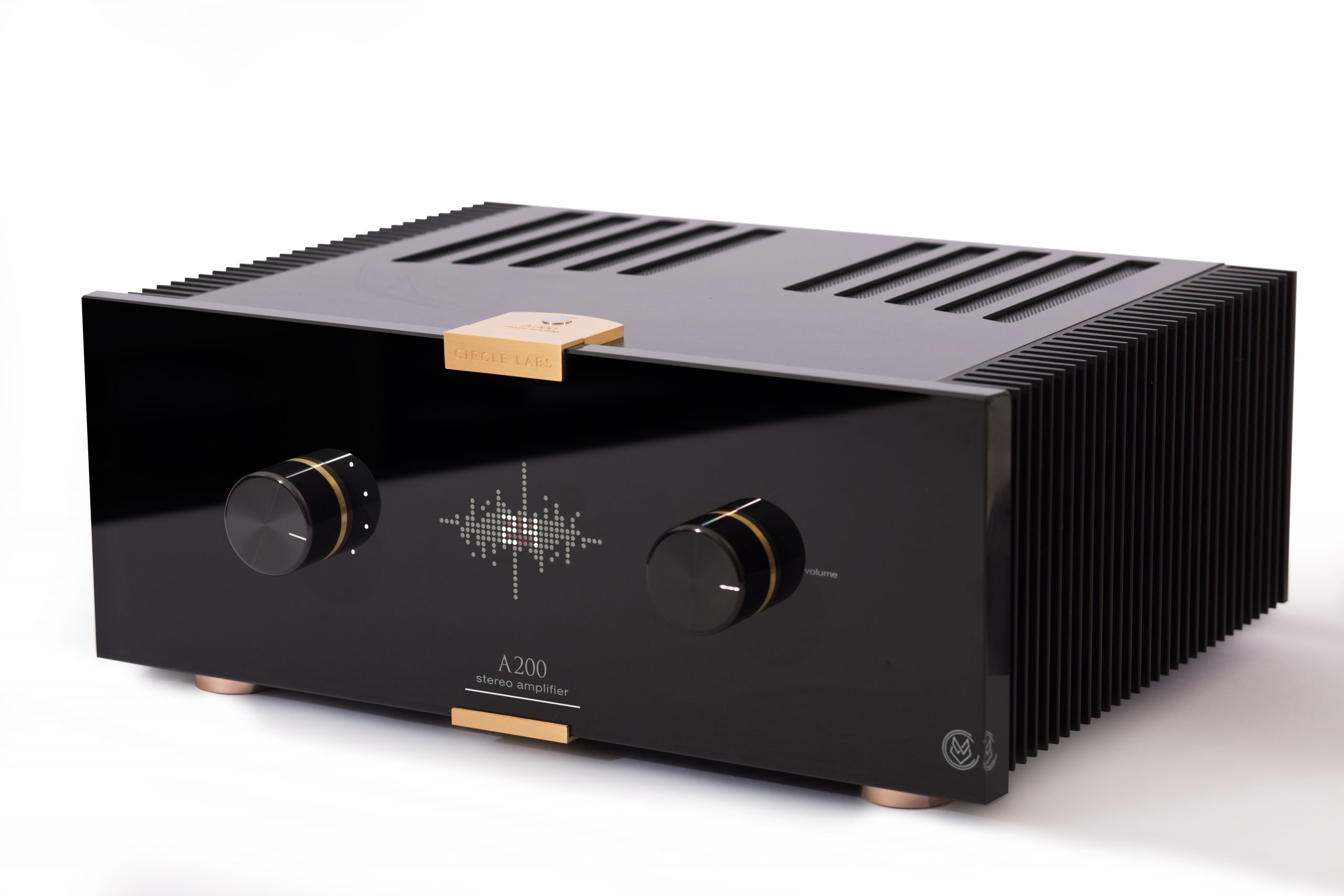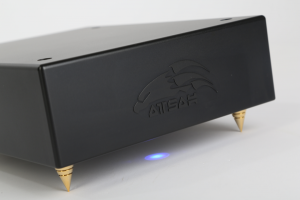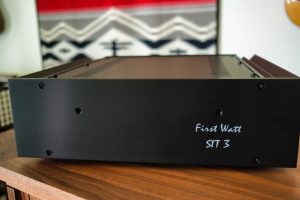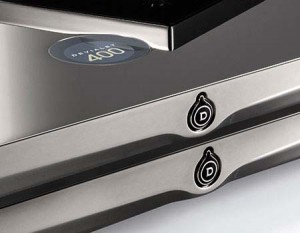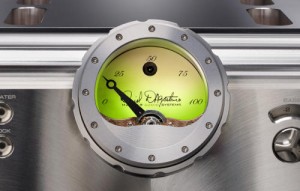It may surprise many that much of the high-end audio industry is, despite the pandemic, keeping its nose above water. Some dealers and manufacturers have reported that people have been making those all-important decisions, pulling the trigger on new equipment. Perhaps because quarantines and lock-downs have freed up a resource many adults lack. That resource is most precious, and no one can ever earn more of it: Time. What a great time to listen!
My Pop passed shortly before the 2019 holiday season. As expected, a level of existential reflection set in which is summed up well on John Mahyer's song "Stop This Train," off the album Continuum. Quarantine then set in, and it allowed the time for me to clear some commissioned loudspeaker design work off my plate and focus on finishing a loudspeaker for myself that I started almost a year ago. It was not long before I found myself listening for hours each day, and listening deeply. With all of this universal alignment of time, emotion, fortune, and fate, it was time for me to make the final upgrade that would complete my personal dream system: The Bricasti M25 amplifier (Issue 103). Or so I thought.
The M25 truly does it all. It is expensive at $18,000 USD, but it takes amplifiers north of fifty-kilobucks to deliver similar performance in a single chassis. I found, however, a remaining nit to be picked with the M25: Why does the famous classical recording and engineering studio, Sound Mirror in Boston Massachusetts, use the Bricasti M15 and not the M25? They have over 100 Grammy nominations and multiple wins. In short: These are the very people putting the music on record that we love, and are at the top of the classical recording game. Bricasti's website has a fascinating interview with John Newton, President of Sound Mirror, and Mark Donahue, thirteen-time Grammy winning mastering engineer regarding the M15 that initialized my curiosity.
At $15,000 USD, the media-decorated M15 costs the SAME as the M25 in its utilitarian, professional form. The professional version of the M25 reduces much of the cosmetic fuss, and loses the fancy feet with integrated Still Points since electronics are handled differently in studios anyway. Typically, when amplifiers have a "step-up" with design differences in the power supply, or circuit topography changes, this significantly increases the cost, and the price follows. So just what is the big line of demarcation between the M15 and M25? A phone call to Brian Zolner, President of Bricasti Design, revealed the difference between the two amps is far less one of performance, and far more one of purpose. Who'd-a-thunk-it?
The M25 and M15 are based on the same power supply as in their flagship (and award winning) mono block amplifier, the M28. It is worth noting there are actually three isolated power supplies in a Bricasti Design amplifier chassis to assure no noise reaches the signal. For sake of explaining the major difference simply, the one tremendous power supply from the M28 is essentially isolated into two separate sections for both the M15 and M25. If you are new to this world, welcome aboard, and the term for this power supply configuration is dual-mono.
What happens, then, when an amplifier has a dual-mono power supply that is fed by a single transformer as in the M15, a transformer that has been designed to perform with the amplifier's full capability in a flawless manner? How does this compare and contrast to a separate transformer for each channel, which bumps up the amplifier's ability to deliver increased, constant current as is the case with the M25?
Well, both the M25 and M15 can drive just about any load. Even those questionable, but sometimes very pricey loudspeaker designs that dip well below 2 ohms. I guess making speakers hard to drive is all the current rage? If we look at loudspeakers as an extension of the amplifier, the design approach of "we make our speakers what they are and the amp has to deal with it" misses out on a significant amount of fidelity for a myriad of reasons, outside the scope of this article, but involves the loudspeaker's electrical relationship with any amplifier. This applies to both solid state and vacuum tube amplifiers, though the effect is worse with tube amplification. Most amplifiers today, outside the esoteric, can drive complex loudspeaker loads with varying degrees of success that is more design related, not dollars invested, than the numbers show. Just as the right gear ratios attached to the transmission of a 1990 Toyota Camry will allow it to tow 18,000 pounds reliably, but that Camry would not be my first choice to haul a truckload of Bricasti equipment back to my listening dungeon.
Mind you, no loudspeaker is a "perfect" load to an amplifier, and many times making one that is requires a complexity in the crossover that does more harm than good…Like anything else, however, careful design allows for a middle ground. I will digress from this personal quibble for now, but will say one of the most impressive things about the design of the Bricasti amplifiers is how inert they are to awful loading. This capability shows, no matter the number printed on the front of a Bricasti amplifier, they are truly state-of-the art.
The M25 boasts a small power gain over the M15. Both amplifiers deliver their full rated powers with extraordinary bandwidth, and distortion levels so low they truly can be considered non-existent. Loudspeaker designers cannot beat the laws of physics, and electronics designers cannot beat the inherent differences between any two circuit topographies for the same reason. Here is where the M15 and M25 truly begin to diverge sonically.
The M15's single transformer acts like a single voltage / current pool for the amplifier to draw from in whole, while the M25 allows for two isolated voltage / current pools for each channel of amplification. This means any power characteristics in the M15 are shared, while any power characteristics in the M25 are isolated. Further, this allows the M25 to deal with extreme loads in a more graceful manner. Note: I always hesitate to make such statements since it makes it seem as the M15 cannot handle extreme loads, which it can, and does better than many amplifiers I have heard rated at more that twice its power into 8 ohms.
Sharing the supply, as in the M15, adds an ever so slight bit of crossover between the two channels known as crosstalk. Crosstalk is in all stereo amplifiers sharing power supplies, at any price or performance, and is not intrinsically bad. In the best single-transformer amplifiers like the M15, the effect becomes more akin to a slight overlapping of concentric circles one would see in a Venn-Diagram. The audible advantages are a rock-solid center image, homogeneous timbre, and enhanced spatial information that makes the soundstage appear larger.
Yet this is not a form of better over the M25, just an extremely slight difference. The M25's dual transformer power delivery allows it to have a hair-splitting advantage in bass control, snap, and precision which only will become a significant advantage with extremely difficult loudspeakers at high levels. This makes the M25 shine when bi-amplifying large loudspeakers used at moderately high, to high levels. Bi-amplifying allows for the delivery of the delicate midrange and high frequencies to where they belong, undisturbed by the significant current swings ever-present in large woofer loudspeaker systems.
Expanding on bi-amplifying a loudspeaker a bit: Bi-amplifying a loudspeaker comes in two different forms; vertical and horizontal. Vertical bi-amping uses one channel of an amplifier for the lower frequencies, and the other channel for the high frequencies for each individual loudspeaker, or one amplifier per speaker. This configuration is valued when using identical amplifiers. Horizontal bi-amping is more useful when there are two different amplifiers, dedicating one separate amplifier to the high frequencies for each loudspeaker, and one separate, but different amplifier to the low frequencies for each loudspeaker. When using a pair of M25s for a bi-amplified application, there are four separate but identical channels of amplification available to suit whatever configuration the system designer determines is best for the application.
Does anyone really need that advantage or flexibility in their homes? A few do, and it cannot be forgotten that Bricasti Designs was birthed in the waters of the high-end audio engineering and mastering industry. There is a demand there for systems to be designed and integrated to both a technical, and sonic level of perfection that many have limited access to. "We" are fortunate to have access to both the M15 and M25 as choices to complete our deepest passion. Sound Mirror feels the same, and even at mastering levels with their large loudspeakers use the M15 over the M25 for their application. Like so many other aspects of our audio systems, it is the summation of the whole that truly counts.
This learning experience was valuable and humbling, ultimately guiding me to the M15. In my quiet listening dungeon (By Zeus! I will get around to finishing it someday), at reasonable levels, and even the occasional "show-off" level, the M15 has more than enough oomph. It drives my 4 Ohm nominal, 4-way loudspeakers with dual ten-inch woofers to concert-like levels without getting any warmer to the touch than at idle, and it will surely be an invaluable tool in my design work.
All of this is impressive and even expected of a top-tier amplifier. However, when it boils down to the times when there is an Old Fashioned in my hand, the lights are dim, and I am getting lost in the music, the M15's ever so slight sonic differences from the M25 made it the right choice for me.
Sweet Love Remembered
"I took the one less traveled by, and that has made all the difference."
Robert Frost so lovingly explained taking an adventure that is off the beaten path as he wandered the countryside of England shortly before World War I. The famous poem quoted above was published in 1916 and titled "The Road Not Taken."
There are so many continuing, recurring themes in one's life that are symbolized in nature. Often, these themes parallel the experience of life itself for that individual. "The Road Not Taken" follows this theme for me. Musicians have been putting this poem to music for a number of years now. I even sang a beautiful SATB choral rendition of it, and it appears on the album Sweet Love Remembered – Melodies to Poems from Six Centuries (Sweet love remembered) by William Flanders.
I happened upon Sweet Love Remembered while perusing The Tannhauser Gate, and found it tucked away in a blog post about Ella Fitzgerald. Why was it there? That is for you to discover… But it is amazing what stones beautiful music hides under at times. Turn them, people! Turn them... All it took was a quick litmus test through my laptop speakers of the track posted in the blog, "Non Sum Qualis Eram Bonae Sub Regno Cynarae (Cynara),"to warrant a deeper look into this hauntingly beautiful music.
William Flanders is an example of the center of the bell curve of good musicians. Not stardom famous, but very well studied, passionate, and diverse. He was seventeen when he composed his first musical piece, was consistently a member of a glee club or choir of some sort, and studied at Yale as an English major with a specific interest in English poetry. He later opened a music school called "The Singer's Studio" in Washington DC, where he continued to study music and literature as a vocal coach. His full biography can be found HERE.
Sweet Love Remembered is one of four collections William Flanders has published. Looking at the whole forest, it is very musically mature from his tactile vocals to stylistic differences within each track that center around a madrigal / Renaissance era feel. This feel is not forced or cliché because the only accompaniments joining Flander's voice are piano, cello, and violin. It roots the tall trees in this forest by reflecting the poetic meaning throughout, even as the meaning varies within each song. The solid "B" sonic quality of the recording helps portray the message of Sweet Love Remembered as well.
The opening track "In my Craft or Sullen Art," originally written in 1946 by Dylan Thomas, changes its tone from solemn to conviction effortlessly supporting the poem. The beautiful writing of the instrumentation is not distracting, and Flanders' voice shows a deep level of musical study. It is a great musical fish-hook into the ears for what this collection of tracks will offer.
All great poets are akin to the blues stars of yesteryear as many poems, including the ones used for Sweet Love Remembered, are fairly dark in meaning, but are intended to help those in troubling times feel a little less alone. Also like a blues song, poetry could bring a form of Levity that is outright silly in nature, forcing the hand of happiness so strongly, it becomes impossible to feel anything less than joy. E.E. Cummings "Maggie and Millie and Molly and May," written in 1954, is a prime example. As a children's poem, it is innocent in nature. The subject matter is simple: Four young girls' discoveries on a beach. Again, Flanders seemed to capture this well through a joyful innocence in a musical composition that matched the poem. Poor, poor Molly's discovery was comical, and actually forced a small guffaw once the clever words were deciphered.
Shifting to the great expanse, the ocean has been and will continue to be the topic of many poems. In the 1902 poem "Sea-Fever," written by John Masefield, the portrayal of the respect sailors possess for the sea is palpable. Music written about the sea has jovially reflected this ingrained respect in a masculine manner for centuries, preserved in a song style called the Sea Shanty (or "Chanty," which appears to root itself in French, meaning "to sing"). The ocean is a dangerous and lonely place, and the Sea Shanty allows sailors to express this while fortifying the chops it took to embark into the vastness for the good of all. Flanders' use of vocal harmonies on this track, which appear to be layers of his own singing, create a very thick harmonic structure. The molasses of vocal harmony comes not from poor performance or recording, rather his very seasoned and resonant voice. Perhaps a new guilty pleasure (I am only mortal, and have many), Flanders' music elevates "Sea-Fever" to a delightful level in his transformation of it from poem, to Sea Shanty.
Mature E.E Cummings work to a "PG" rating (and perhaps his work occurring multiple times on Sweet Love Remembered is a testament to its quality) and you will get the poem "may I feel said he." Putting this fiery, and outright fresh poem to music could not have been an easy task, however it was another great musical choice by Flanders. Listening to singing that is, at times, sultry in nature brings the sense of forbidden taboo to a level that is profound. It is uncomfortable and glorious, which is a dichotomy that could only be achieved if the music met the poetry at the perfect angle of reentry. "May I feel said he" adds to the complexity of this album as a whole, and makes it all that much more interesting to listen to.
There are eighteen tracks on Sweet Love Remembered. Any of them could have been chosen to define the album as above since they are all fantastic, thorough, and musically competent. While "The Road Not Taken" makes an appearance in song, poetically it serves as a continuing reminder there is great music out there that is ready to provide a wonderful experience…That is, IF one may be brave enough to take the road less traveled by.
Sweet Love Remembered is certainly not going to be found on the Billboard 100 chart anytime soon, nor is it traditional chamber, opera, singer-songwriter, or experimental music. It is, however, a collection builder to be listened to time and time again. William Flanders website has all of his works available for purchase, including Sweet Love Remembered, which ultimately will not be the last item by him in my collection.
Sweet love for the M15
One of the most convincing aspects of the M15 that solidified its place in my audio rack was the way it preserved the music and meaning in Sweet Love Remembered. The M15 was able to do so in a fashion true enough to let the musical artist's (William Flanders) message boost the original poem writer's mastery with nothing remiss about the final sonic product.
I give my highest recommendation to the Bricasti M15, and a very high recommendation to William Flanders' album Sweet Love Remembered. One is a flawless mouthpiece, and the other one, and engaging treatment of the subject matter on both the literary/musical and emotional levels. Keeping in mind one costs $15,000 and the other $15, that is. Yet despite the price-tag disparity, there can be no doubt to the sincerity and authenticity of both. Each crafted from years of study and experience in very different fields to bring forward what makes us so unequivocally human, and reminds us why we love listening so dearly.
M15 Amplifier
Retail: $15,000
Bricasti




